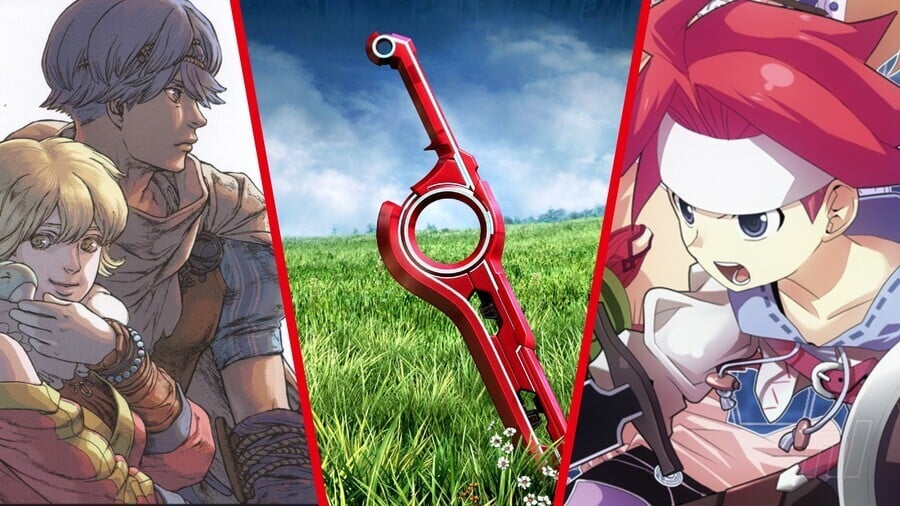
Monolith Soft has develop into one of the crucial recognisable of Nintendo’s first-get together builders in current instances. Led by legendary RPG author and director Tetsuya Takahashi, the studio is famend for the monolithic (pun supposed) Xenoblade sequence. Combining MMORPG-type, memorable worlds, beautiful music, and philosophical writing, the Xenoblade Chronicles franchise has taken the world by storm. Monolith Soft’s historical past, nevertheless, is as monolithic as its now-flagship sequence.
Takahashi is probably most well-known for co-writing and directing the seminal PS1 RPG Xenogears, which he created throughout his time at Squaresoft. But within the years following Xenogears’ 1998 launch, Square determined to focus all of its vitality on the Final Fantasy sequence. Xenogears underperformed within the eyes of the corporate, however Takahashi had huge plans for his proposed franchise, of which Xenogears was meant to be ‘Episode 5’.
Xenogears did not match into Square’s future, so Takahashi — together with Hirohide Sugiura (producer of Ehrgeiz: God Bless the Ring) and Yasuyuki Honne (artwork director of Xenogears and Chrono Cross) — based Monolith Soft on 1st October 1999. The firm was rapidly acquired by majority stake by Namco, who printed the Monolith’s early titles.
But even within the early days, Monolith Soft began on the proper foot with Nintendo.
Play your playing cards proper
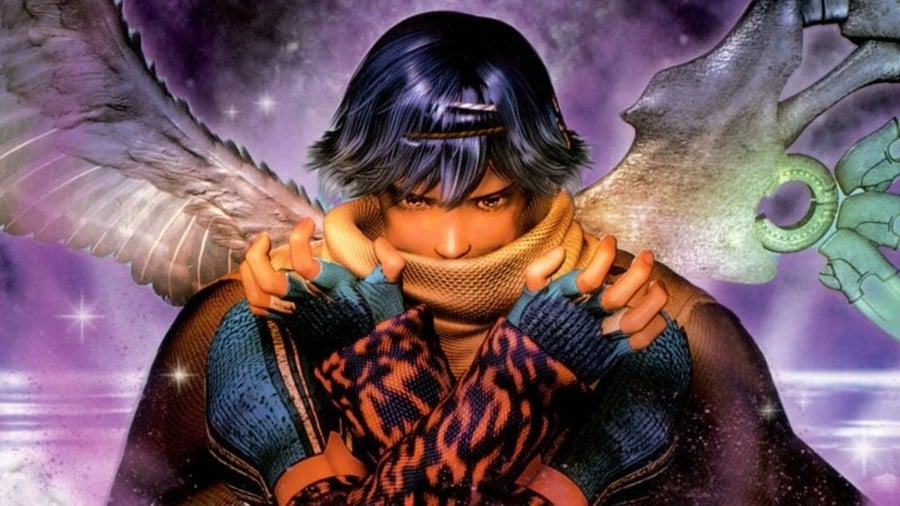
In the early 2000s, Takahashi was prepared to hold on his Xeno-saga, and the corporate’s first new sport got here to be the subsequent ‘entry’ within the pseudo-Xeno sequence – Xenosaga Episode I. While this was a PlayStation 2 unique, a few of the youthful employees banded collectively below Honne and tri-Crescendo founder Hiroya Hatsushiba to create a completely new flip-primarily based RPG for the GameCube, Baten Kaitos: Eternal Wings and the Lost Ocean.
The growth of this card-primarily based RPG took round two years in complete, and it had an all-star forged on board. Masato Kato of Chrono Trigger, Final Fantasy VII, and Xenogears fame penned the story, with music from Valkyrie Profile and Tales of sequence composer Motoi Sakuraba, alongside a number of different Xeno and Chrono alums.
The GameCube wasn’t recognized for its RPGs, however in a 2004 interview, producer Shinji Noguchi stated of the choice: “We wanted to offer a true RPG for GameCube users and eventually establish a top franchise for the platform.”
Released in 2003 in Japan, 2004 in North America, and 2005 in Europe, Baten Kaitos nonetheless appears to be like completely beautiful as we speak. The sport’s card system goes properly past battle mechanics, with the complete world constructed upon it. These ‘Magnus’ are the essence of every little thing. There are over 1,000 distinctive playing cards within the sport, from collectible constellations to magic spells, armour, and the like. And a big chunk of those playing cards change as in-sport time passes – meals rots, fireplace swords burn out, and milk pasteurises. As a end result, a 100% “speedrun” of this sport takes almost 340 hours.
Baten Kaitos’ poor gross sales and competitors from an entry in a longtime JRPG sequence (and arguably console-defining RPG), Tales of Symphonia, initially harm that prospect. But Baten Kaitos Origins was finally greenlit as a result of first sport’s heat important reception. Published this time by Nintendo, the prequel refined the battle system and streamlined a variety of parts, and it was as properly-obtained as its predecessor, however the Wii was introduced in direction of the top of growth. Sugiura recollects the corporate figuring out that porting the sport “was not worth the cost and labour hours,” which in the end led to the 2006 sport by no means releasing in Europe, which is a darn disgrace.
At the identical time, Monolith Soft had additionally been engaged on Xenosaga Episode II and III, alongside a DS port of the primary two video games (which by no means left Japan), so Western Nintendo followers solely had this “anti-Xenosaga” to go on.
After relations with Namco started to bitter and the merger to create Bandai Namco befell, the corporate felt it was being restricted creatively. Thus, an opportunity session with Shinji Hatano, then government director at Nintendo, impressed Monolith to interrupt away from Namco, and Nintendo acquired an 80% stake within the firm.
Dual display screen desires
Under the Big N, Monolith Soft made the bounce to a brand new technology, in addition to moveable programs. While the studio already had concepts for its first Wii sport earlier than becoming a member of Nintendo in Disaster: Day of Crisis, the corporate was drafted in to assist with Super Smash Bros. Brawl. The studio’s first title below Nintendo was the Japan-only DS motion RPG Diablo-like Soma Bringer.
Plundering into dungeons with pals on-line was the secret right here, with six distinctive courses and a loot system to dive into. Takahashi was the individual behind this one and wished to create a sport you can play briefly bursts. And whereas Soma Bringers’ fight went by a number of iterations, it was – unusually – settled and accomplished earlier than the story was established. Written by Soraya Saga, Takahashi’s spouse (co-author on Xenogears and Xenosaga), with music from Yasunori Mitsuda (Chrono Trigger, Cross, Xenogears), it was rather more simple in scope than Monolith’s different video games. However, it was nonetheless textual content-heavy, that means this one is an actual problem for non-Japanese audio system.
That wasn’t the top of 2008 releases for the corporate, whose solely non-RPG, Disaster: Day of Crisis, lastly launched on the Wii. An arcade-like journey, the sport has you surviving pure disasters and saving residents. Unfortunately, developmental woes and delays meant that this motion sport suffered and, consequently, wasn’t properly liked by critics. It launched in Europe however by no means got here out in North America.
But Monolith was additionally laborious at work with different DS RPGs. Super Robot Taisen OG Saga: Endless Frontier and its 2010 sequel, Endless Frontier Exceed, noticed the corporate again with Bandai Namco. These flip-primarily based crossover RPGs pulled inspiration from PS2’s Namco x Capcom, a 2005 crossover sport that Monolith Soft labored on which mixes the worlds of Super Robot Wars, Xenosaga, and different Monolith video games. Working with Banpresoft, solely the primary of the 2 video games left Japan, however the distinctive flip-primarily based fight and visuals confirmed Monolith’s continued aptitude for originality.
2009’s Dragon Ball Z: Attack of the Saiyans obtained comparable reward, a superbly animated flip-primarily based RPG that adapts the twenty third Tenkaichi Budokai arc from the vastly fashionable manga sequence. With a timing-primarily based guard mechanic, many thought this was top-of-the-line RPGs to make use of the Dragon Ball IP, though it nonetheless had restricted enchantment.
But all of those smaller titles have been resulting in one thing a lot greater, and within the background, Takahashi had some huge concepts for Nintendo.
The Chronicles of the Beginning of the World
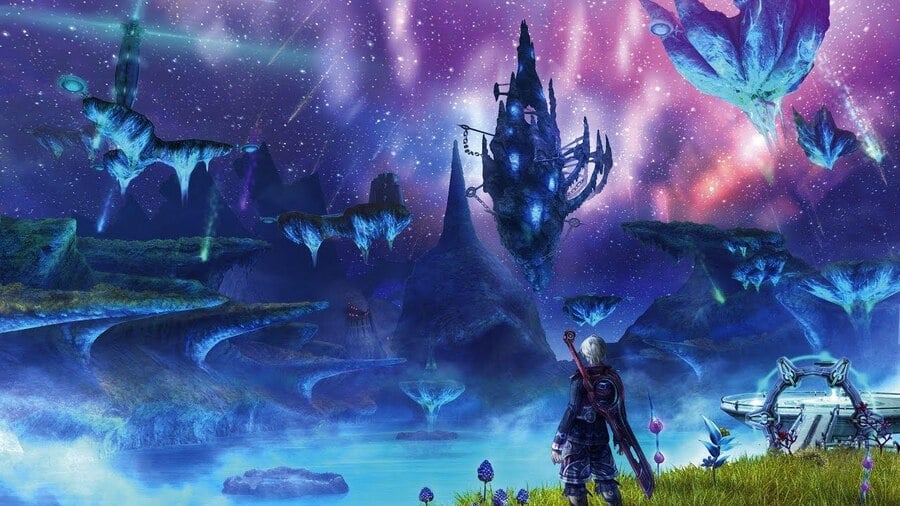
Takahashi was nonetheless decided to hold on the Xeno sequence title, regardless of Xenosaga having to be condensed down from six to a few video games. Following Xenosaga III, employees morale was low, so when developing with a brand new undertaking, Takahashi recalled an thought he got here up with years in the past — folks dwelling on the our bodies of useless giants or ‘gods’. With different senior employees and artist Honne, the staff created a 3D mannequin of those two titans, frozen in everlasting battle. The staff offered the mannequin to Nintendo, and producer Hitoshi Yamagami remembers being shocked that Takahashi did not have the “finer details” nailed down, however it was sufficient to pique his curiosity.
So, with this imaginative and prescient, Nintendo introduced in Genki Yokota to assist direct the sport alongside Koh Kojima, who wrote Baten Kaitos Origins’ story. Thus, Monado: The Beginning of the World was in manufacturing.
Nintendo, Yamagami, and Yokota proved to be an enormous assist — and massive motivators — in creating this epic “open-world” RPG. Monolith Soft had taken on suggestions from Baten Kaitos and Xenosaga about being “old-fashioned” and wished to give attention to creating one thing new.
With the proposed launch date looming, the staff bumped into difficulties. Takahashi proposed a number of options to Yamagami to get the sport out on time, however Yamagami refused, as a substitute going to Nintendo to make sure the staff had sufficient time to finish their full imaginative and prescient. Even the late Satoru Iwata left a mark on the sport in a small however important method. As a method of honouring Takahashi, “who poured his soul into making this and who has been working on the Xeno series,” Iwata wished the sport to bear the Xeno moniker. And it is right here the place Xenoblade — or Xenoblade Chronicles — was born.
For the sport’s state of affairs, Takahashi obtained assist from Yuichiro Takeda (who beforehand labored with Takahashi on Xenosaga: The Animation) and Yurie Hattori (a state of affairs planner at Nintendo). Takahashi’s authentic idea went by a number of iterations, with debates – as revealed in an Iwata Asks interview –about potential get together member betrayals and whether or not the primary character, Shulk, can be a silent protagonist. The ultimate product is, arguably, one in every of Takahashi’s most targeted.
Mitsuda returned to compose the sport’s ending theme, however Xenoblade Chronicles additionally introduced the world a variety of new expertise. Alongside veteran Yoko Shimomura, ACE+ and Manami Kiyota made their marks on the online game music world. Xenoblade Chronicles turned solely the second Xeno title to obtain a worldwide launch (beforehand, solely Xenosaga Episode II had been launched worldwide), with a fan marketing campaign from Operation Rainfall serving to the sport get extra consideration.
Xenoblade Chronicles makes a particularly sturdy case for being top-of-the-line RPGs of its technology. Its beautiful open-world environments have echoes of Baten Kaitos’ lush locales, and its hybrid MMORPG fight has a flip of the motion-primarily based get together fight from Soma Bringer. Essentially, it took loads from every little thing Monolith had accomplished beforehand and solely paved the best way to higher issues.
Crossing the zone

The shut working relationship with Nintendo resulted within the firm being trusted to help with the event of each The Legend of Zelda: Skyward Sword and Animal Crossing: New Leaf, and to this present day, Monolith Soft is intently concerned in a few of Nintendo’s greatest franchise entries.
After Xenoblade Chronicles, Monolith Soft labored with Bandai Namco as soon as once more on Project X Zone for the 3DS in 2012. Scaling again from its god-sized world, the staff returned to huge crossover RPGs containing characters from Devil May Cry, Tales of Vesperia, Tekken, Xenosaga, and Resident Evil. The thought was all Bandai Namco’s, however Monolith’s work on Namco x Capcom as soon as once more proved invaluable to the corporate. A standalone sequel, Project X Zone 2, adopted in 2015.
Monolith Soft started engaged on the Wii U by supporting Nintendo on Pikmin 3 and Splatoon whereas additionally aiding with huge 3DS titles The Legend of Zelda: A Link Between Worlds and Animal Crossing: Happy Home Designer. And whereas Shulk was busy smashing round Nintendo characters in Super Smash Bros. Wii U and 3DS, the subsequent section of the Xenoverse was brewing within the background, and it could mark Monolith Soft’s foray into excessive definition with type.
X enchantment
Teased in a 2013 Nintendo Direct as ‘X’, Xenoblade Chronicles X departed from the unique sport’s extra story-primarily based focus, as a substitute placing much more emphasis on the world and the sci-fi features that solely crept into Xenoblade Chronicles within the latter half of the sport.
Many names from the Wii sport returned for this non secular successor, with Attack on Titan composer Hiroyuki Sawano bringing his uncommon digital soundscape to the rating. And, when you thought Xenoblade Chronicles’ world was beautiful, Mira has one thing to indicate you.
This grand scope did not come with out problem for Monolith Soft. In an interview with Eurogamer, Takahashi felt the staff realized to “create locations that are fun to explore on a budget” with Xenoblade Chronicles as a result of Wii’s restrictions. And whereas the Wii U was extra highly effective, Monolith Soft nonetheless pushed the system to its restrict. The sport barely match on a Wii U disc and there have been non-obligatory 10GB obtain packs when you purchased a bodily copy, which would cut back load instances by putting in regularly used information in your laborious drive. Takahashi advised Iwata that he initially wished to create a “whole planet” for the sport. Maybe someday!
What stays is a sport that is trapped on previous {hardware} and one which Xeno sequence followers are begging to see ported to Switch – which could be a problem as Xenoblade Chronicles X closely utilised the Wii U’s gamepad (although you’ll be able to play the entire sport on the gamepad when you actually need — so come on, Nintendo!). Nevertheless, the sheer scope and ambition of the sport are unparalleled, even in different Xenoblade video games. You can experience Mechs, play on-line with pals (otherwise you may) to take down highly effective monsters, and flesh out a complete metropolis with alien races.
Xenoblade Chronicles X was a serious indication of Nintendo’s continued religion in Monolith Soft. The sport turned Nintendo’s huge sport of the vacation season in 2015 after The Legend of Zelda: Breath of the Wild was delayed – which, curiously, Monolith Soft was additionally serving to out on.
The golden future
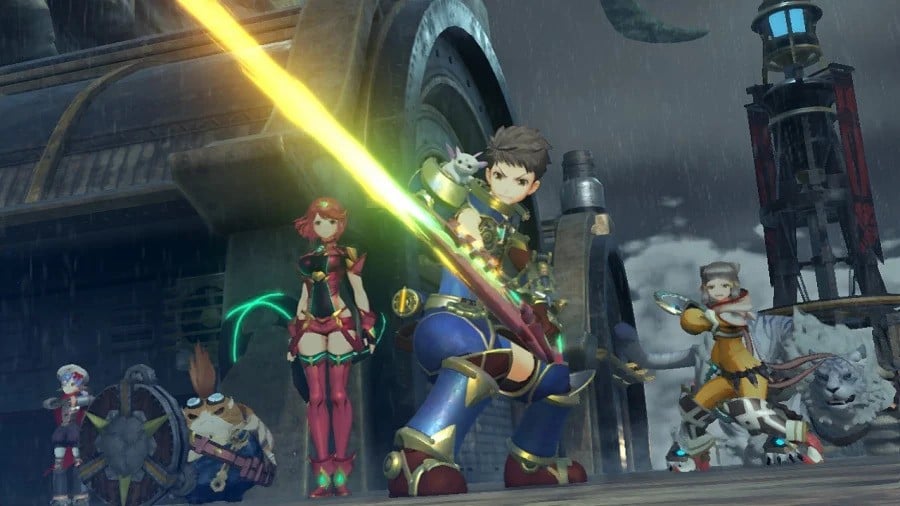
2017, the yr the Switch hit cabinets, was an enormous one for Nintendo and Monolith Soft. Not solely did Breath of the Wild launch to rapturous reward, however Monolith returned to work on the ink-splatting sequel, Splatoon 2.
However, in 2014, concepts for a ‘correct’ sequel to Xenoblade Chronicles have been set in movement. Following X’s launch, Takahashi wished to return to a extra story-pushed sport with new characters and a brand new world, fairly than revisit the Bionis and Mechonis from the primary sport.
Nintendo wished to get the sport on Switch early within the new console’s life cycle, however the specs for the system weren’t established by the point Monolith Soft began engaged on the sport. Xenoblade Chronicles’ New 3DS port confirmed how the staff may condense one thing large all the way down to a a lot much less highly effective system, and X had proved that the studio may additionally create even greater, extra different worlds.
With Xenoblade Chronicles 2, the staff – with Masatsugu Saito main the character designs – wished to create a extra anime-esque with extra visually-expressive characters. So a melting pot of artists, from Tetsuya Nomura and Xeno veterans Tanaka and Soraya Saga, got here collectively to create varied characters and Blades, which you get from summoning them from Core Crystals by a gacha-like system.
The sport was introduced and launched in 2017, that includes a world set on the “bodies” of “beings” (this time titans) in a sea of clouds. Simplifying the fight from each 1 and X – the latter of which had already helped to hurry issues up – Xenoblade Chronicles 2 layered much more programs on prime of established ones to create an awfully deep system. And, regardless of Switch generally struggling to run the sport, it is a visible feast. Even KOS-MOS and T-elos from Xenosaga made cameos, together with Shulk and Fiora from 1, and Elma from X.
Xenoblade Chronicles 2 was a hit and, earlier than it was even launched, Nintendo introduced it could be getting a Season Pass with a DLC story episode. Torna – The Golden Country launched lower than a yr later and featured a full 30-hour marketing campaign that added context to a few of the occasions of the primary sport. The DLC was extraordinarily properly-obtained, and Xenoblade Chronicles 2 continues to be the most effective-promoting sport within the sequence up to now.
New Horizons?
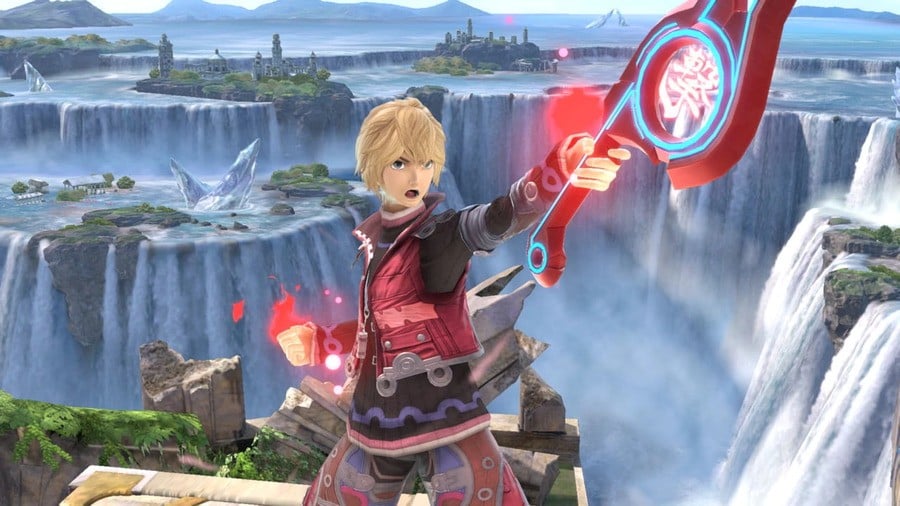
Xenoblade Chronicles 2’s big success and Shulk’s return in Super Smash Bros. Ultimate — alongside Pyra & Myrtha changing into a mixed DLC character — cemented Monolith Soft’s status as a one in every of Nintendo’s finest studios. The firm had opened studios in Nakameguro, Osaki, and Iidabashi – although the latter has since closed (and 2nd Production staff is at the moment aiding Eiji Aonuma’s Zelda staff on Breath of the Wild 2). The studio’s affinity for the skies, sea, solar, and all issues lovely, was put to make use of when drafted in to help with 2020’s Animal Crossing: New Horizons, too, presumably for environmental design.
The Switch was removed from accomplished with Xenoblade, with Xenoblade Chronicles: Definitive Edition hitting the console the identical yr, bringing rearranged music, improved visuals, and a model new epilogue chapter that expanded on Shulk and Melia’s story after the top of the primary sport.
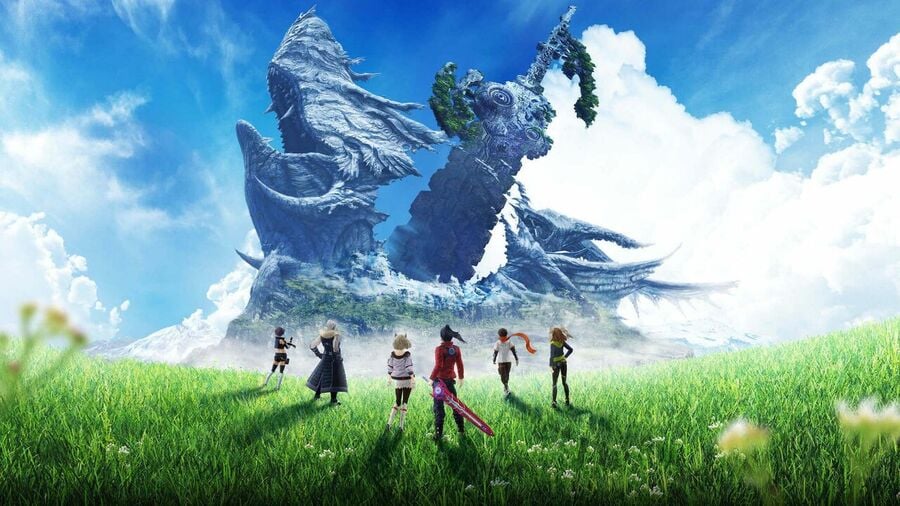
And then, there was Xenoblade Chronicles 3 in 2022. A shock announcement (properly, apart from a leak the earlier yr), growth began in 2018 and – like XC2 – was introduced and launched the identical yr. With noticeable enhancements within the sport’s efficiency and visuals from each 2 and Torna, it felt like a “lesson learned” from all three earlier entries in a number of other ways.
Takahashi considers Xenoblade Chronicles 3 a “stopping point” for the sequence, however definitely not the top of Xenoblade. Splatoon 3 has been retaining the developer busy, and its ‘staff B’ is engaged on bringing us extra candy open-world Zelda, however we nonetheless have extra to return from Noah and Mio’s story. We’ll should see what questions will likely be answered from Xenoblade Chronicles 3’s conclusion in subsequent yr’s story DLC and doubtlessly what lies past for the Xenoblade Series.
In fewer than 25 years, Monolith Soft has gone from power to power, and the corporate’s partnership with Nintendo has confirmed to be a vastly fruitful relationship for each events. After feeling stifled all these years in the past below Square, Takahashi and Monolith Soft get the artistic freedom they want, and Nintendo will get a prime-tier RPG sequence, plus invaluable help on a few of its greatest IPs.
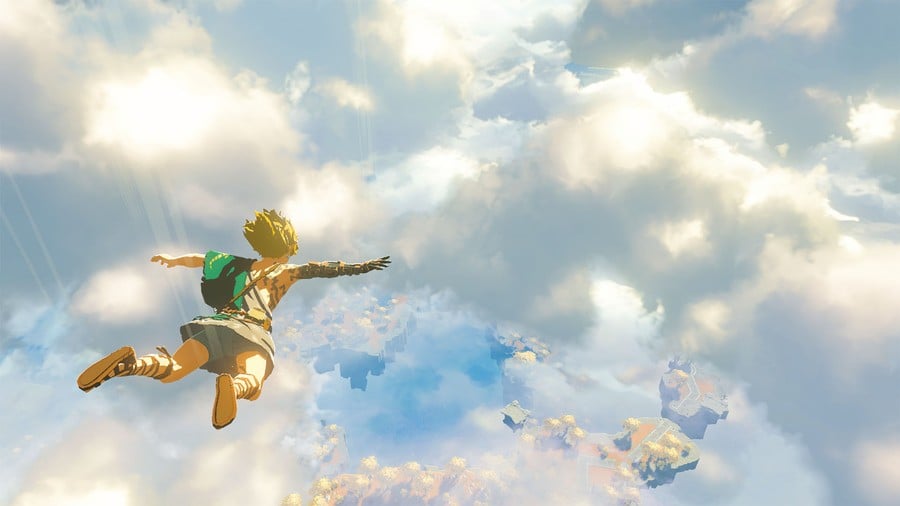
To say this has been a monolithic journey is not an understatement.








Discussion about this post